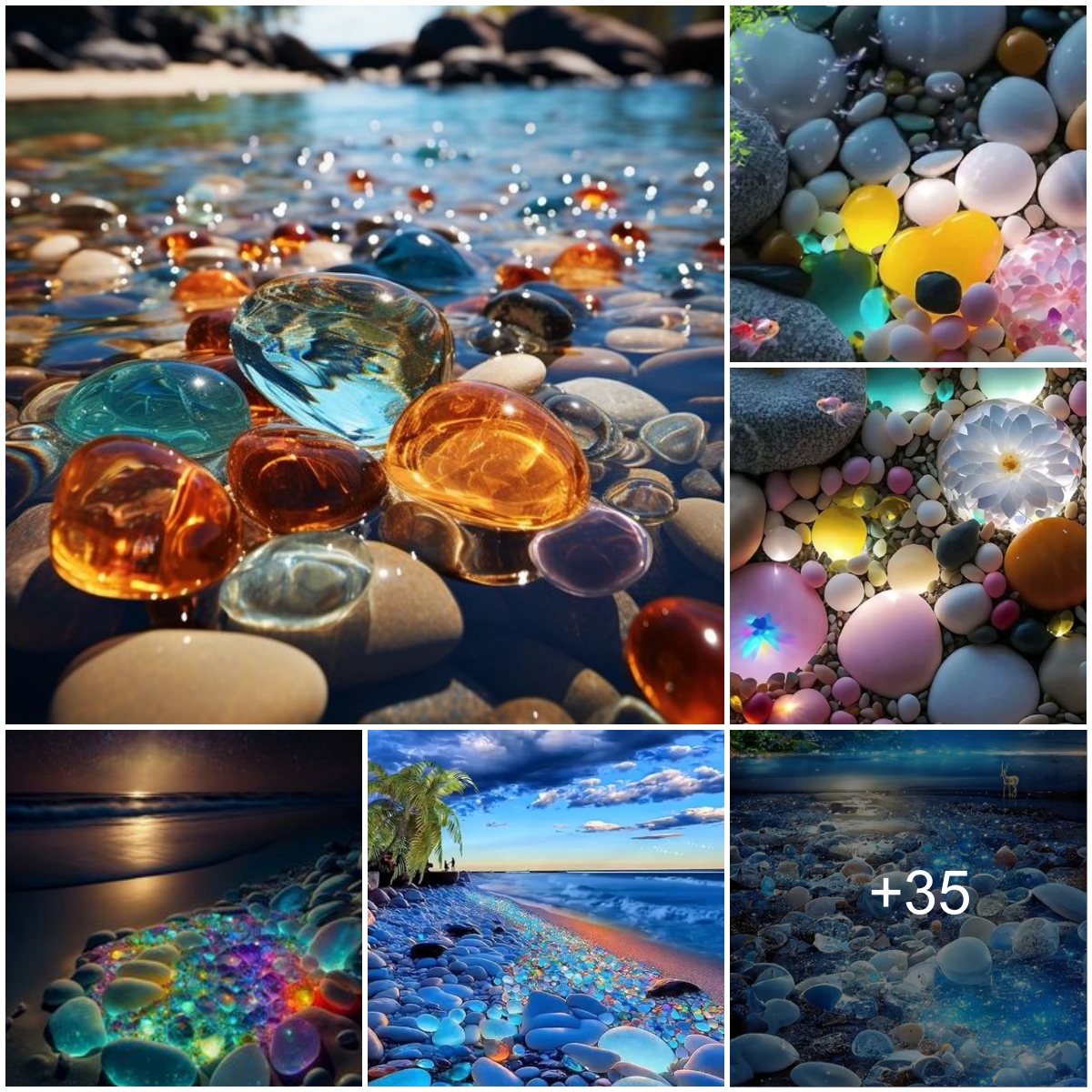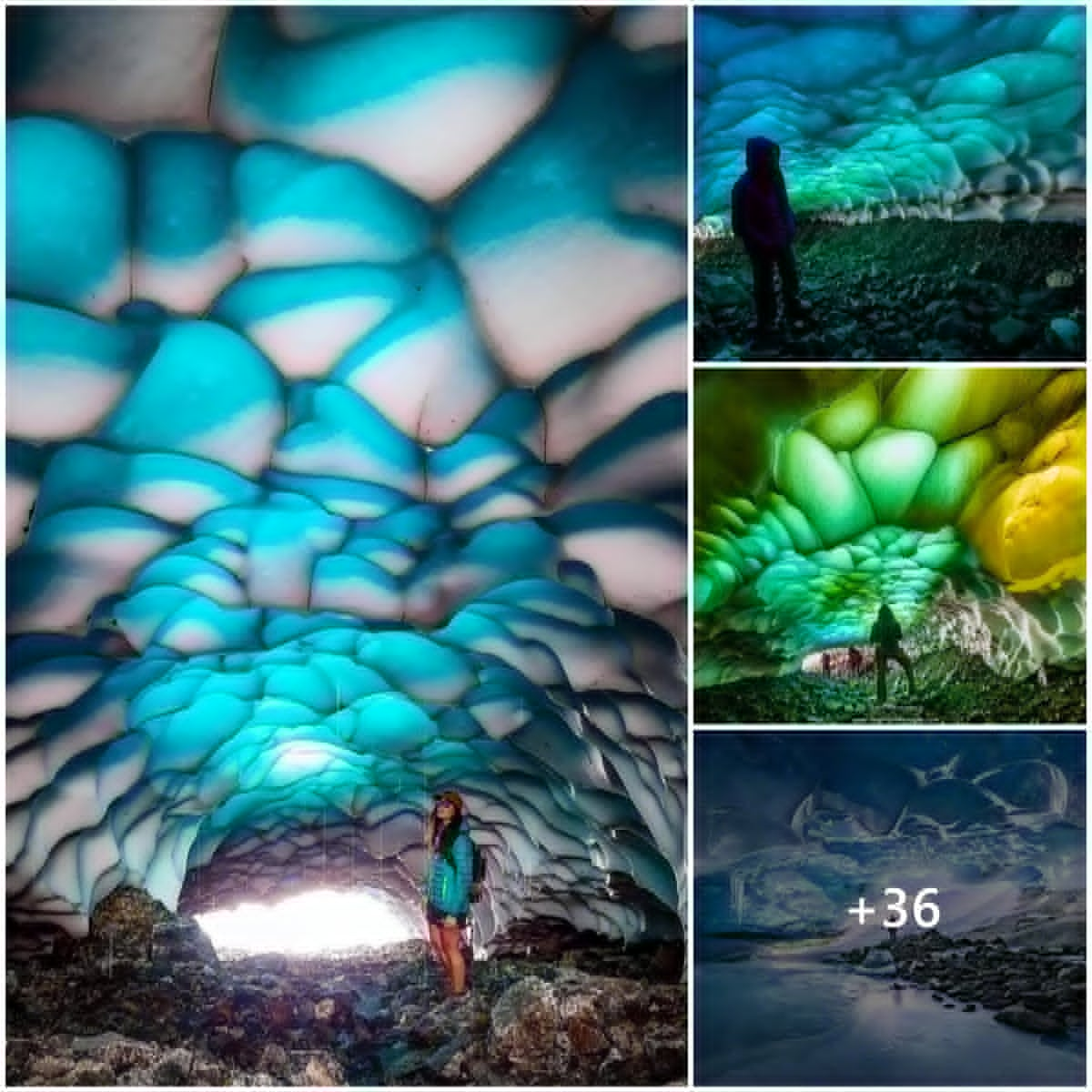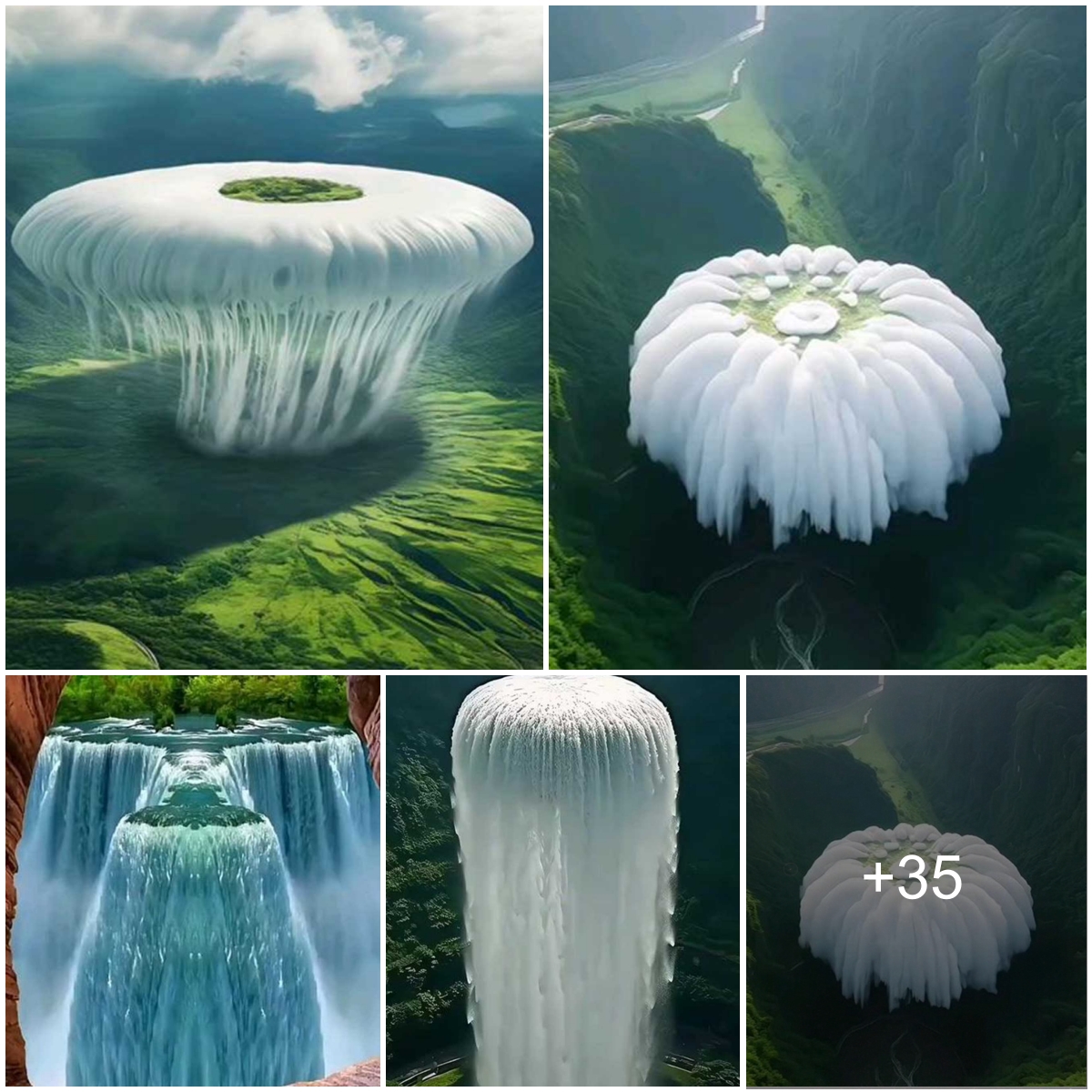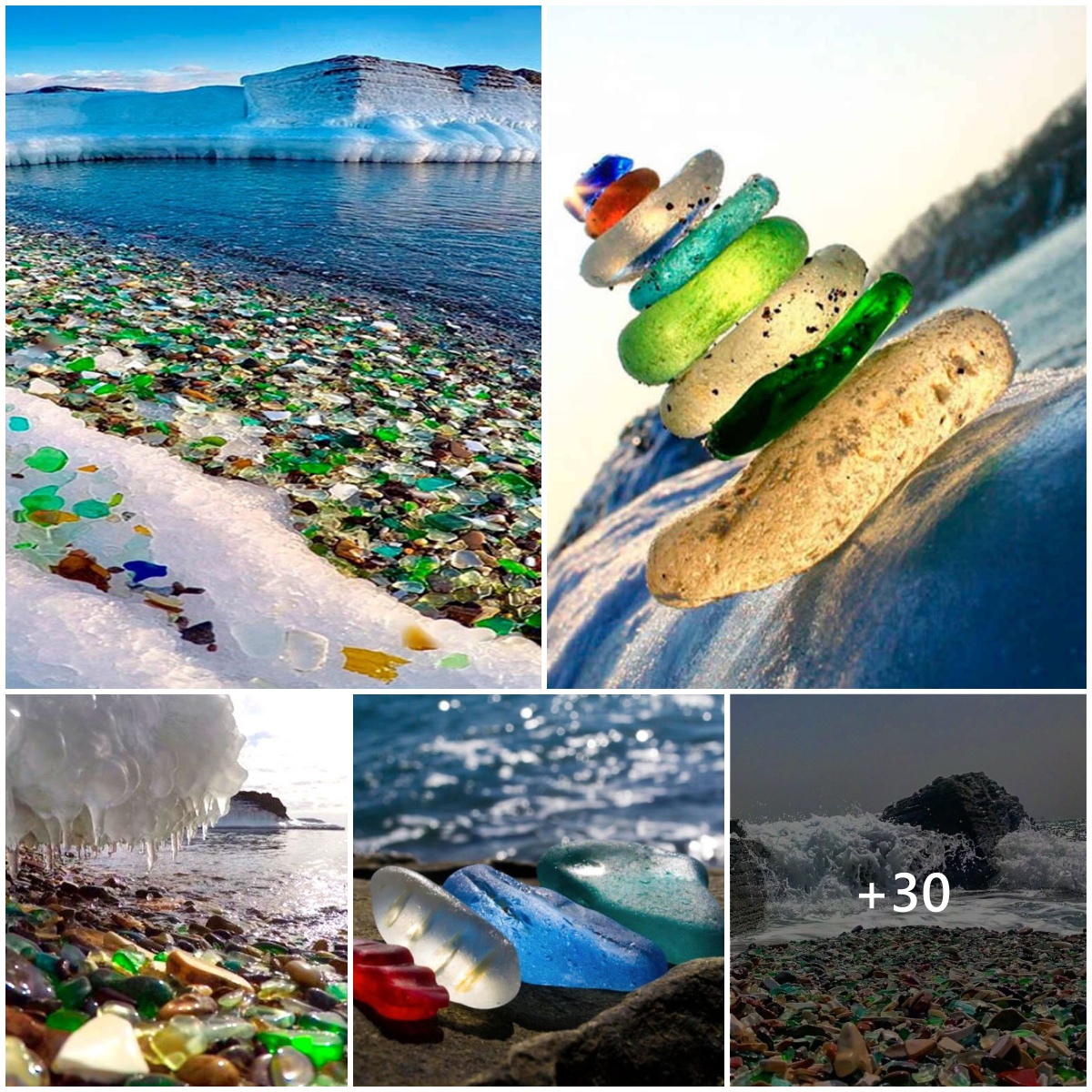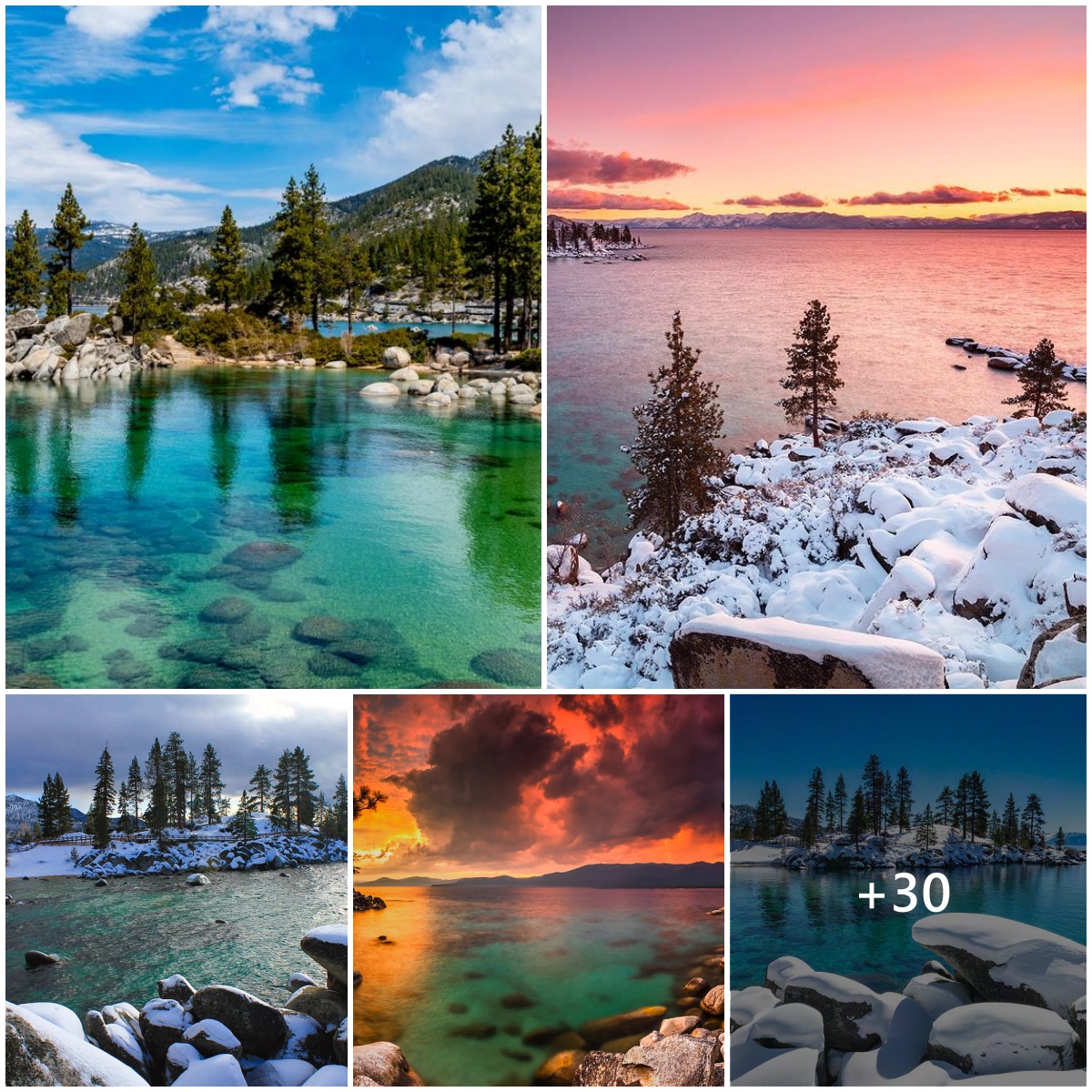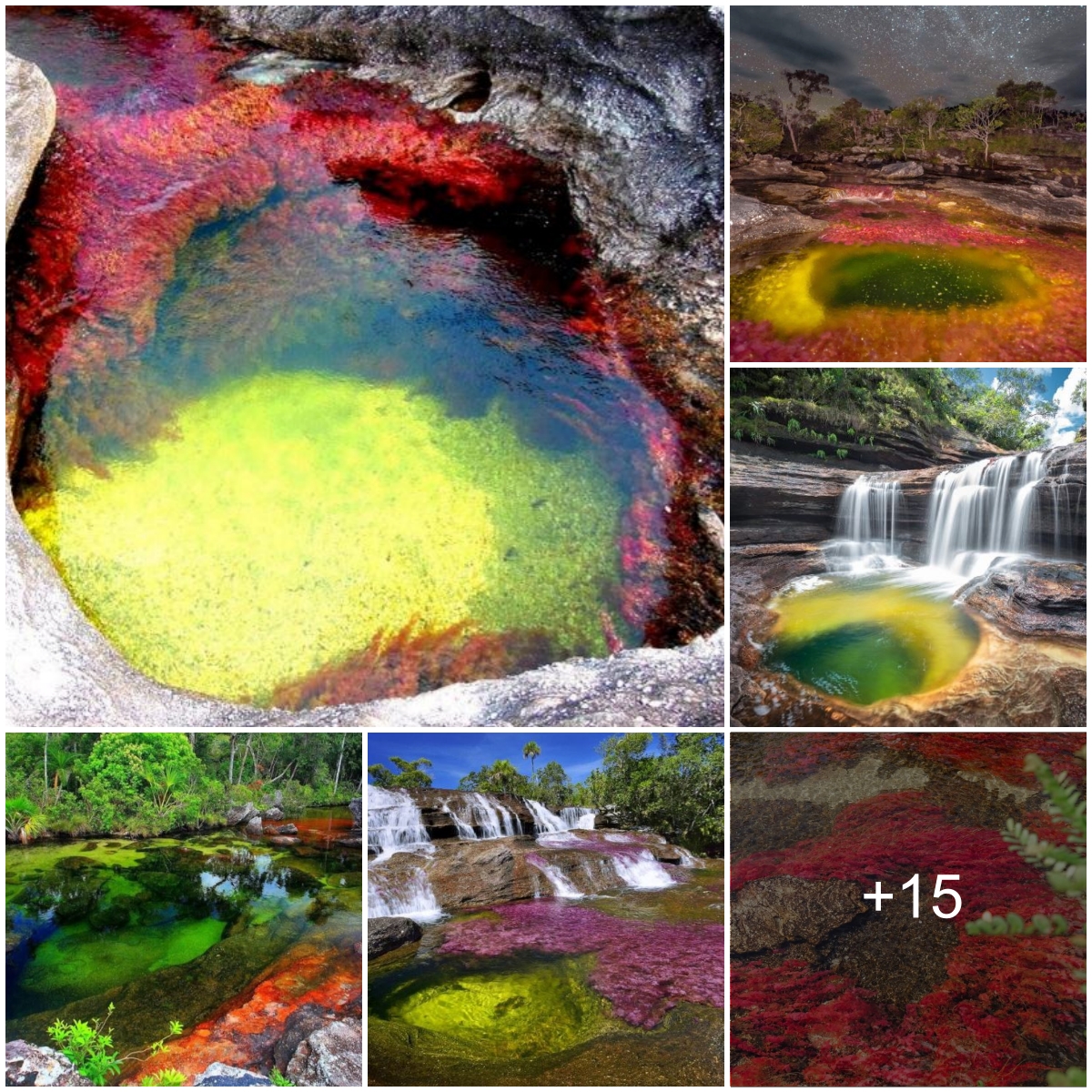9 of the world’s most beautiful lakes to visit, from George Clooney favourite Lake Como to mythical Loch Ness and Canada’s Moraine Lake
From mirror-like reflections in the calm of early morning to waters crowded with kayaks and ferries, speedboats and pedalos, lakes evoke a sense of tranquillity and a space for recreational activities.
They also serve as a resource for hydroelectricity generation, agricultural irrigation and wildlife habitats, as well as providing food and drinking water for humans.
The following nine lakes are renowned for their beauty, status as a national treasure or as the fabled home of an elusive monster.
1. Hangzhou West Lake
Offering inspiration to poets, painters and calligraphers for centuries, and now appreciated by wedding photographers and sunset snappers, Hangzhou West Lake in eastern China gained Unesco designation in 2011.
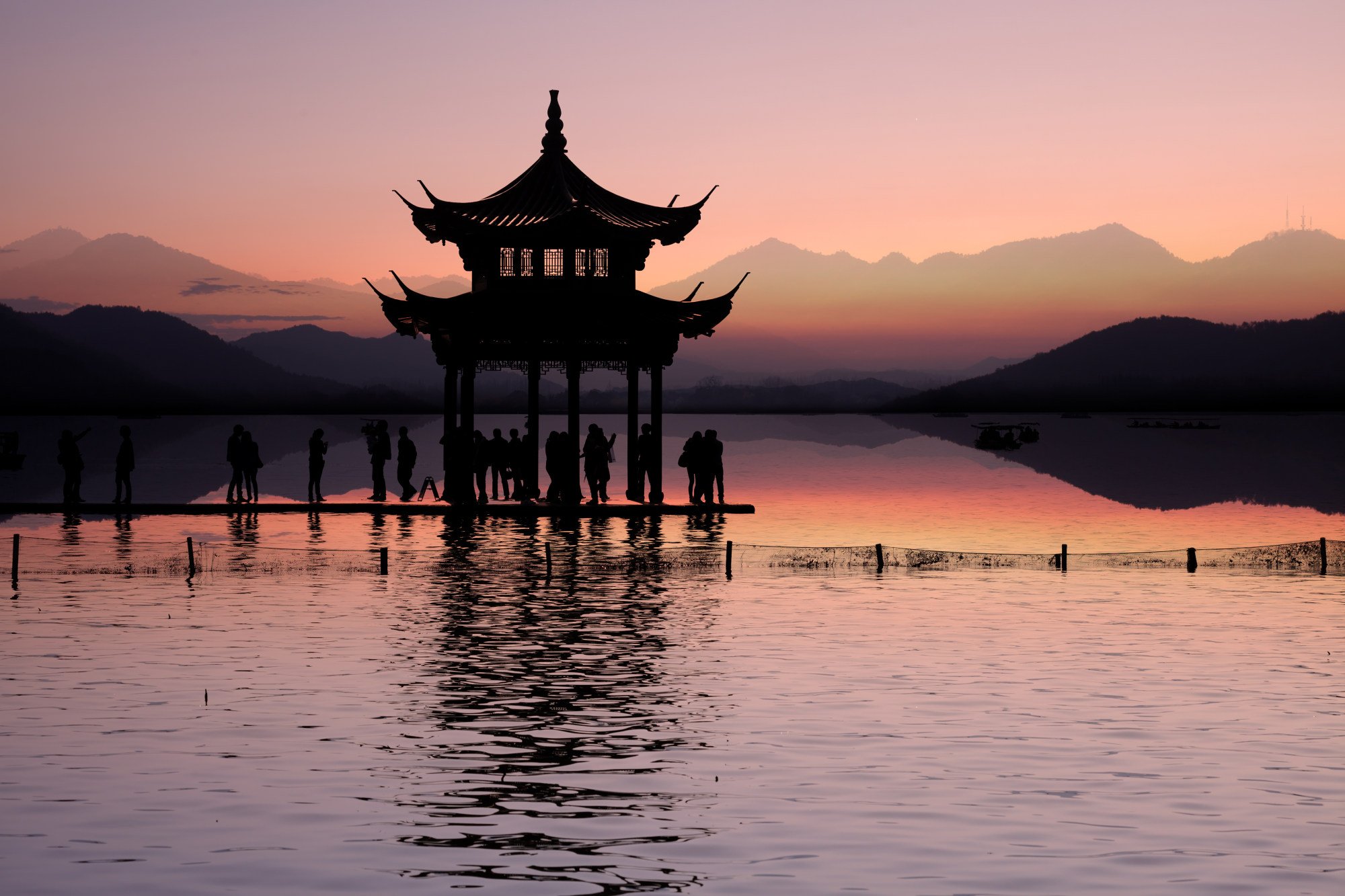
If further evidence of the World Heritage site’s status as a tourist attraction were needed, visitors can view the Three Pools Mirroring the Moon scene that appears on China’s one yuan banknote.
Hop on a ferry or hire a boat and skipper to take you to gardens, pagodas, temples and islands. Alternatively, rent a bike and pedal the 7km Northwest Route, a flat path that connects many of the beauty spot’s most celebrated sights.
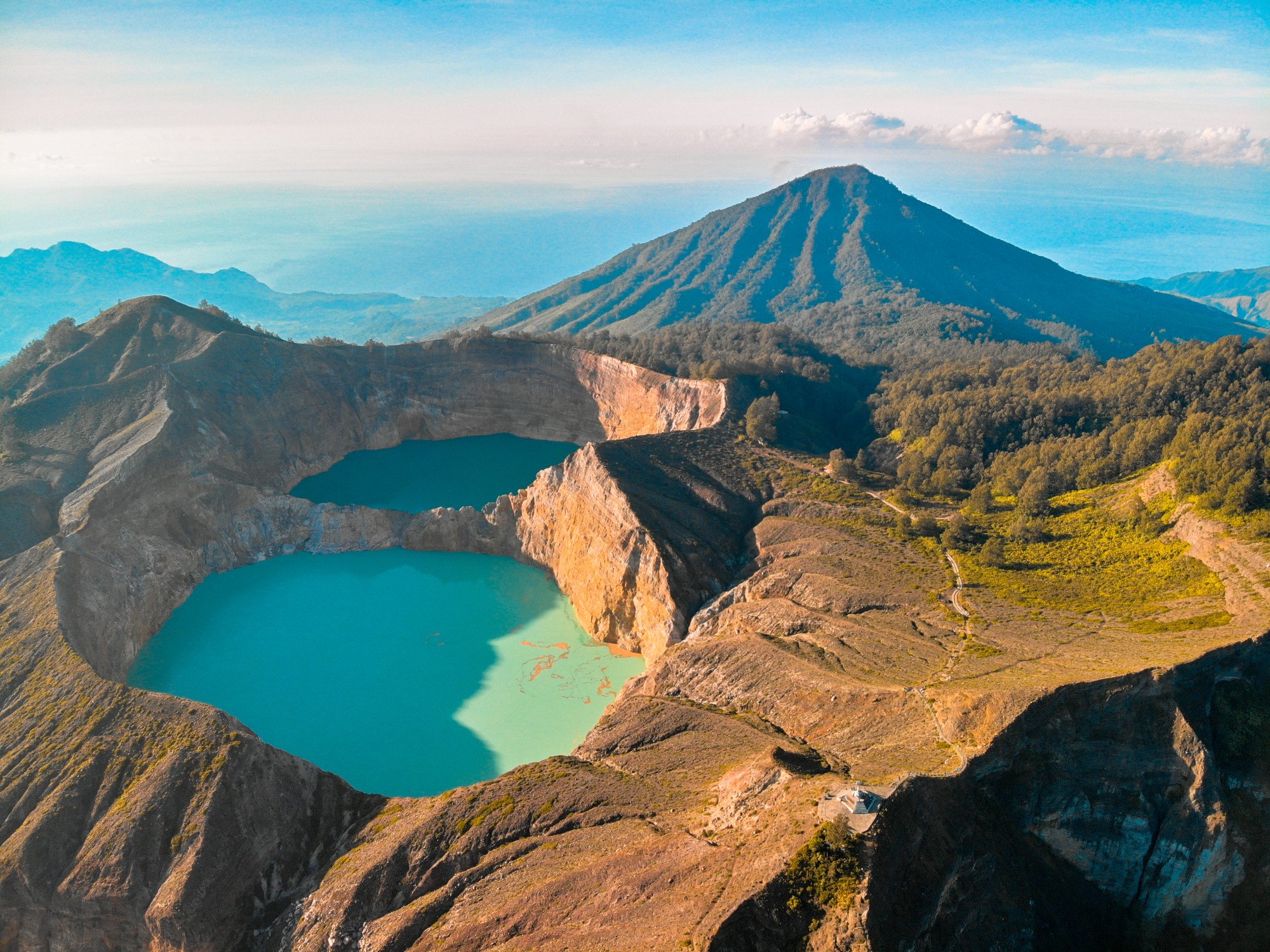
2. Kelimutu
Visitors get no fewer than three crater lakes to swoon over at Kelimutu, on the Indonesian island of Flores. Even better, they change colour every so often, from bottle green to electric blue, red, brown and black, as a result of chemical reactions triggered by volcanic activity.
Islanders believe Kelimutu (“boiling mountain”) is the final resting place of departed souls, and offerings are made to the spirits living in the lakes. Viewpoints are busy at sunrise and sunset, so consider a midmorning visit.
Be sure to watch your footing – a number of people have fallen or jumped into the toxic, acidic waters. In 1995, a Dutch tourist fell in but, despite a week-long search, his body was never recovered.
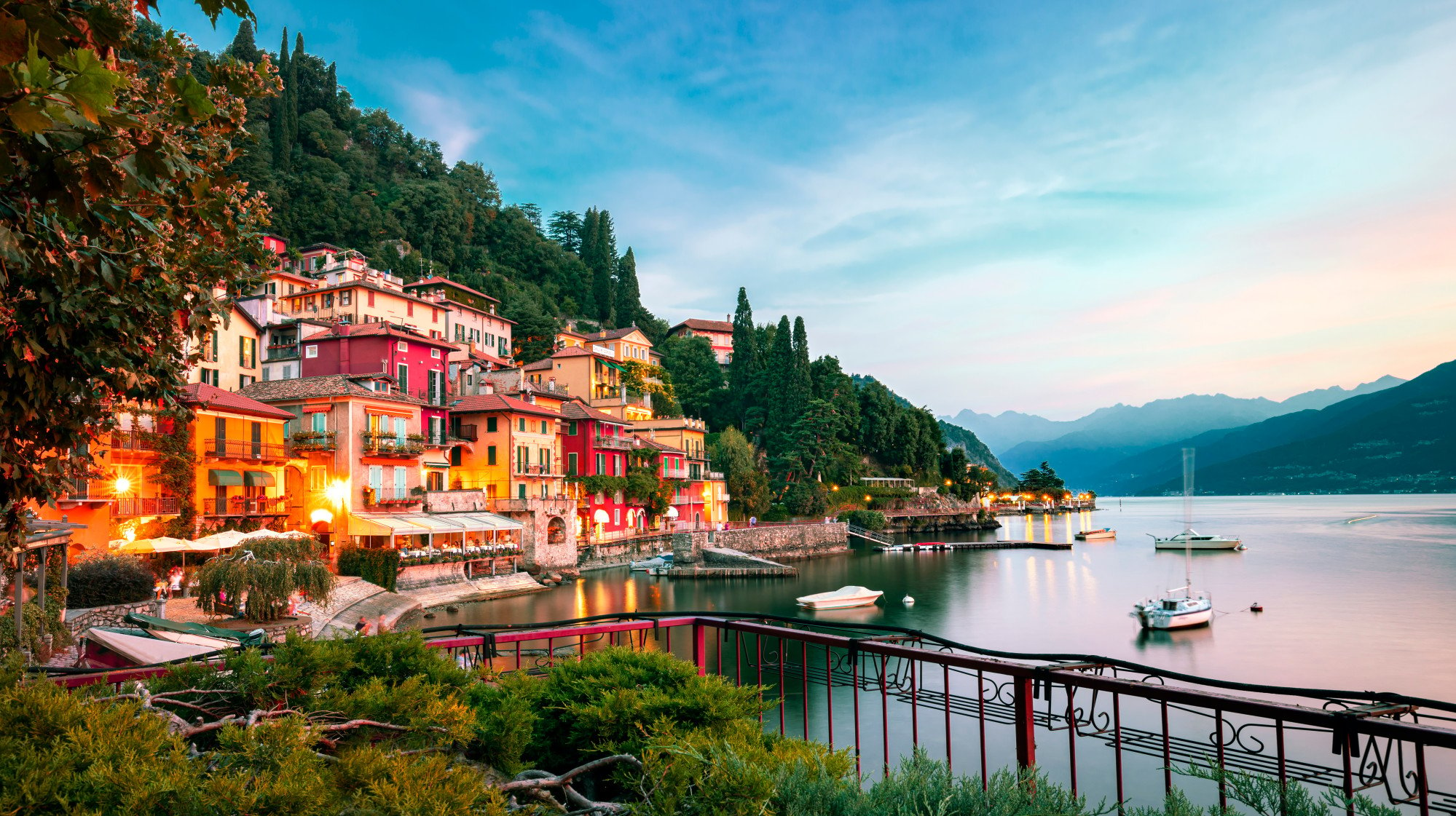
3. Lake Como
Swanky Lake Como is adored by well-heeled tourists, celebrities and filmmakers alike.
Casino Royale, Star Wars: Attack of the Clones and Ocean’s Twelve were all filmed on the Italian lake or at properties along its shores.
“Lario” has been popular with A-listers since Roman times and Madonna, Richard Branson, Sylvester Stallone and George Clooney all own villas along its waterfront. In fact, the cast of Ocean’s Twelve stayed at Clooney’s 18th century residence while filming the comedy caper.
Meanwhile, the hoi polloi marvel at mountain vistas, picturesque port towns, parks and palaces from the public ferries that connect Lake Como’s villages. Surrounded on three sides by water, cute-as-a-button Bellagio, with its medieval alleyways, red-roofed buildings and manicured gardens, shouldn’t be missed.
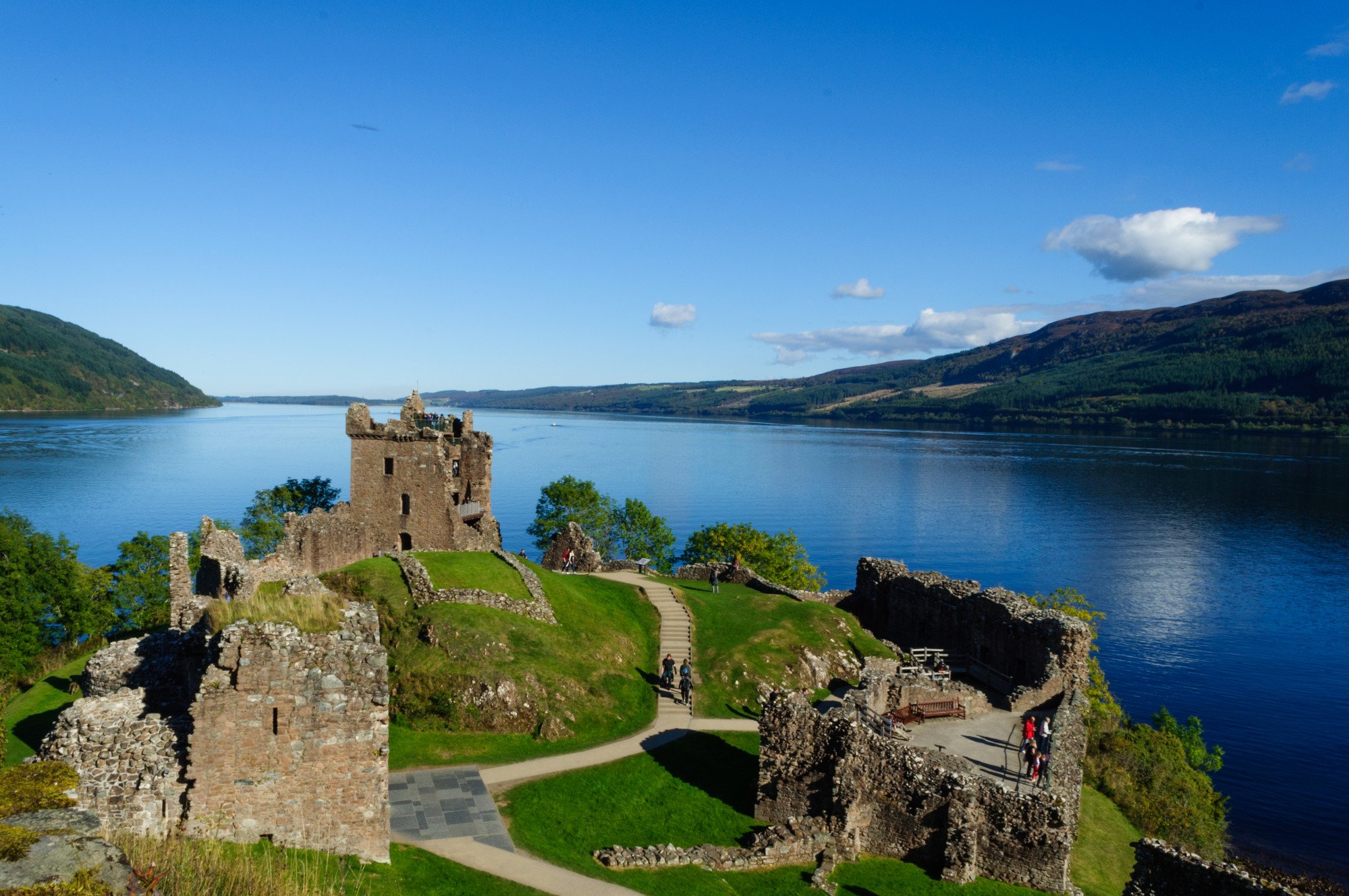
4. Loch Ness
Loch Ness contains more fresh water than all the lakes in England and Wales combined – although this isn’t the Scottish loch’s principal claim to fame, of course.
Sightings of the Loch Ness Monster date back to the 6th century and continue today (a video captured “something large” in May 2022). Marine biologists remain sceptical (they’re not alone), but this does little to diminish interest in Nessie.
Tourists break their journey to the Scottish Highlands to scan the 37km-long (23-mile) body of inky water in the hope of spotting a creature variously described as “long necked”, “humpbacked”, “jet black” and “dinosaur like”.
Spoiler: they don’t spot it.
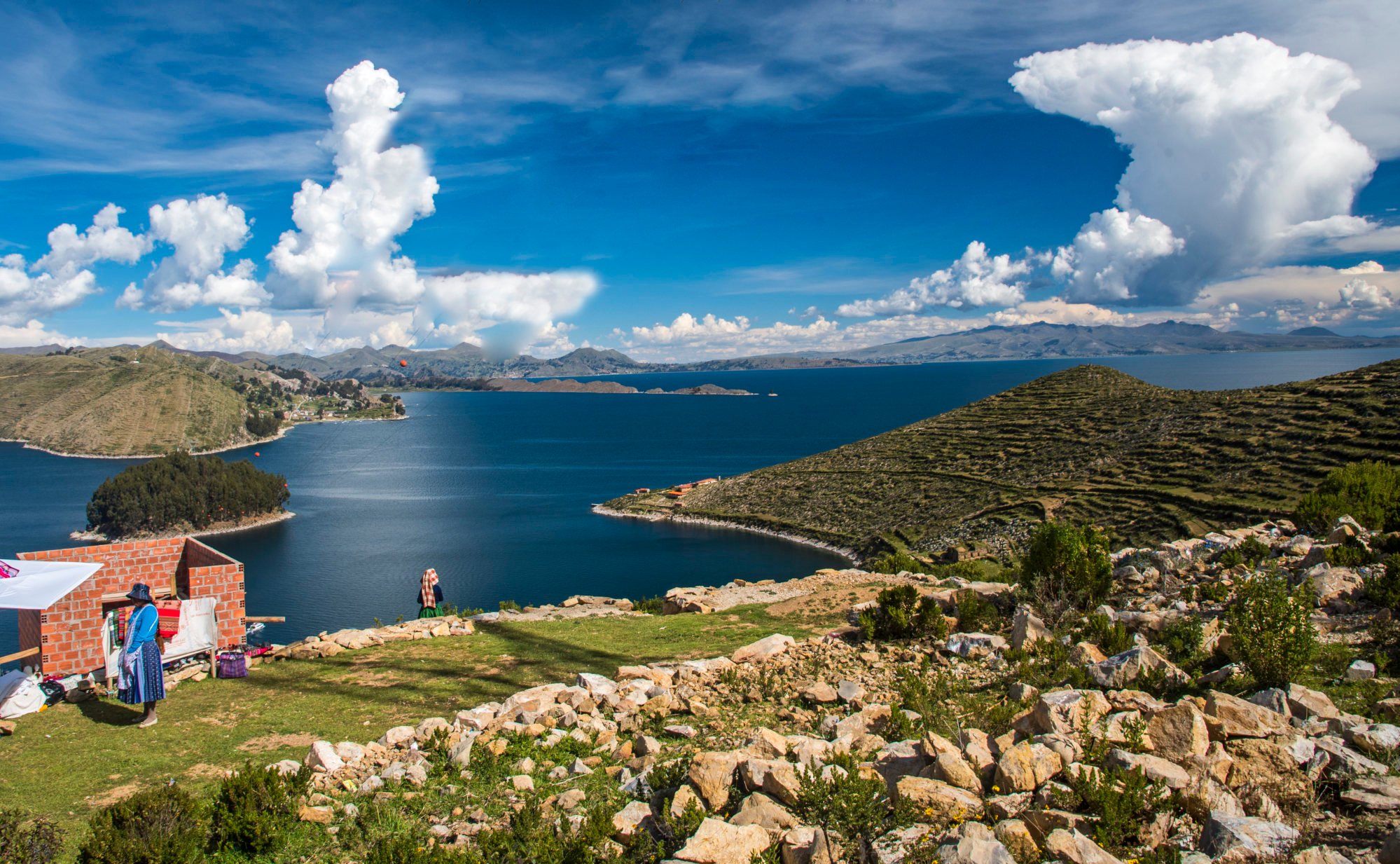
5. Lake Titicaca
Straddling the border between Peru and Bolivia, Lake Titicaca at 3,812 metres (12,500ft) altitude is the world’s highest lake navigable by large vessels.
Boats shuttle backpackers from the sleepy town of Copacabana to mystical Isla del Sol, where rustic homestays nestle amid terraces of potatoes, beans and quinoa cultivated by bowler-hatted Bolivians.
Here on the high plains of the Andes, the sky is that deep, dark shade of blue you only usually see from a plane window, and the cool, crisp air is ideal for leisurely exercise.
The island’s cobblestone trails are littered with 15th century Inca ruins – some claim Isla del Sol, rather than Cusco, Peru, is the birthplace of the ancient civilisation.
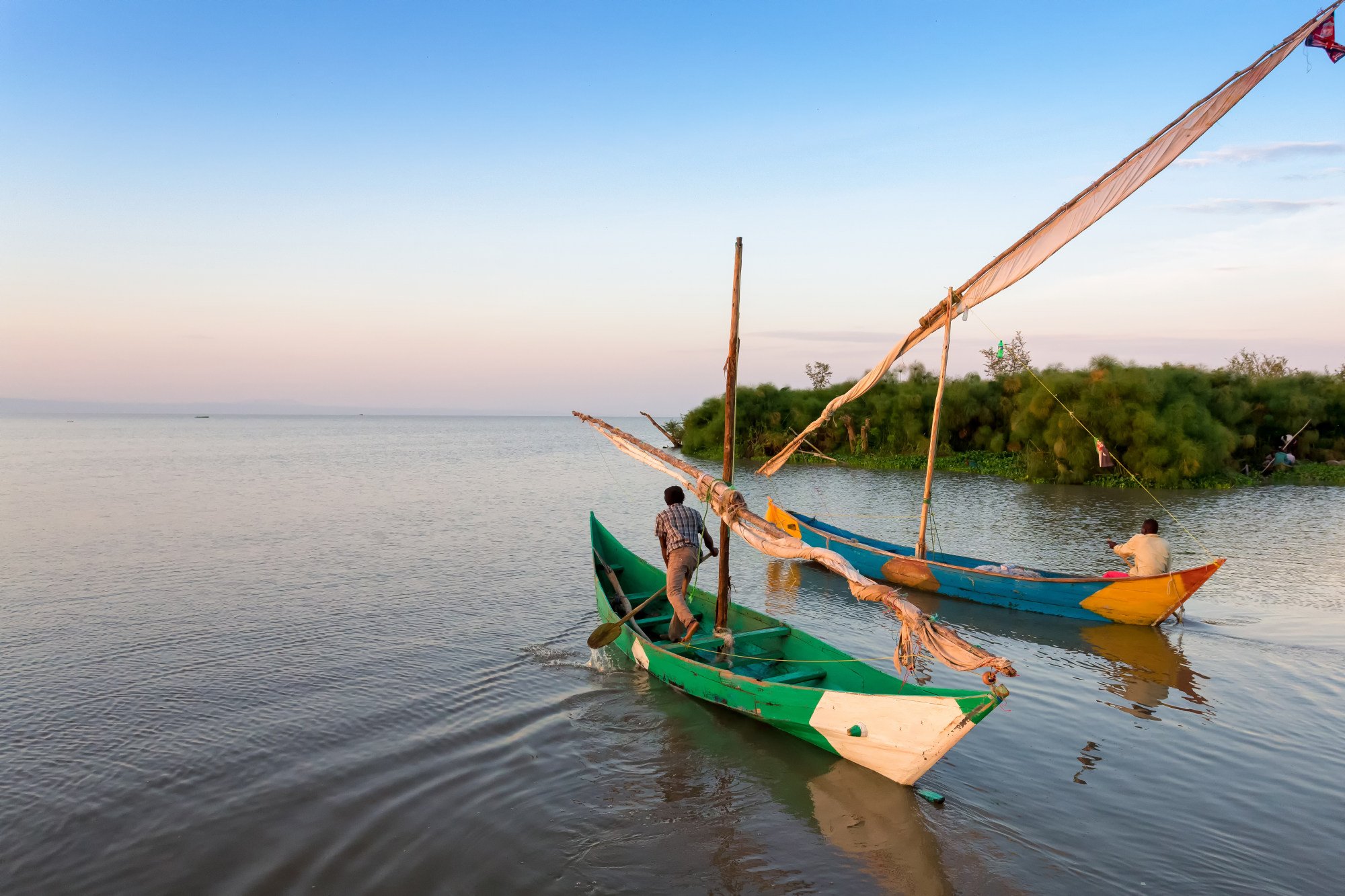
6. Lake Victoria
Shared by Tanzania, Uganda and Kenya, Lake Victoria provides important trade and transport links, as well as food security and livelihoods for the 30 million people living on its shores.
Tourists busy themselves with fishing and birdwatching trips, and visits to villages dependent on cattle herding and coffee production.
The biodiversity of the world’s largest tropical lake is under threat, however, as overfishing and fertiliser run-off have led to an increase in surface algae. Introduced species such as Nile perch have decimated stocks of native fish and, as a result, water hyacinth grows unchecked, clogging the lake.
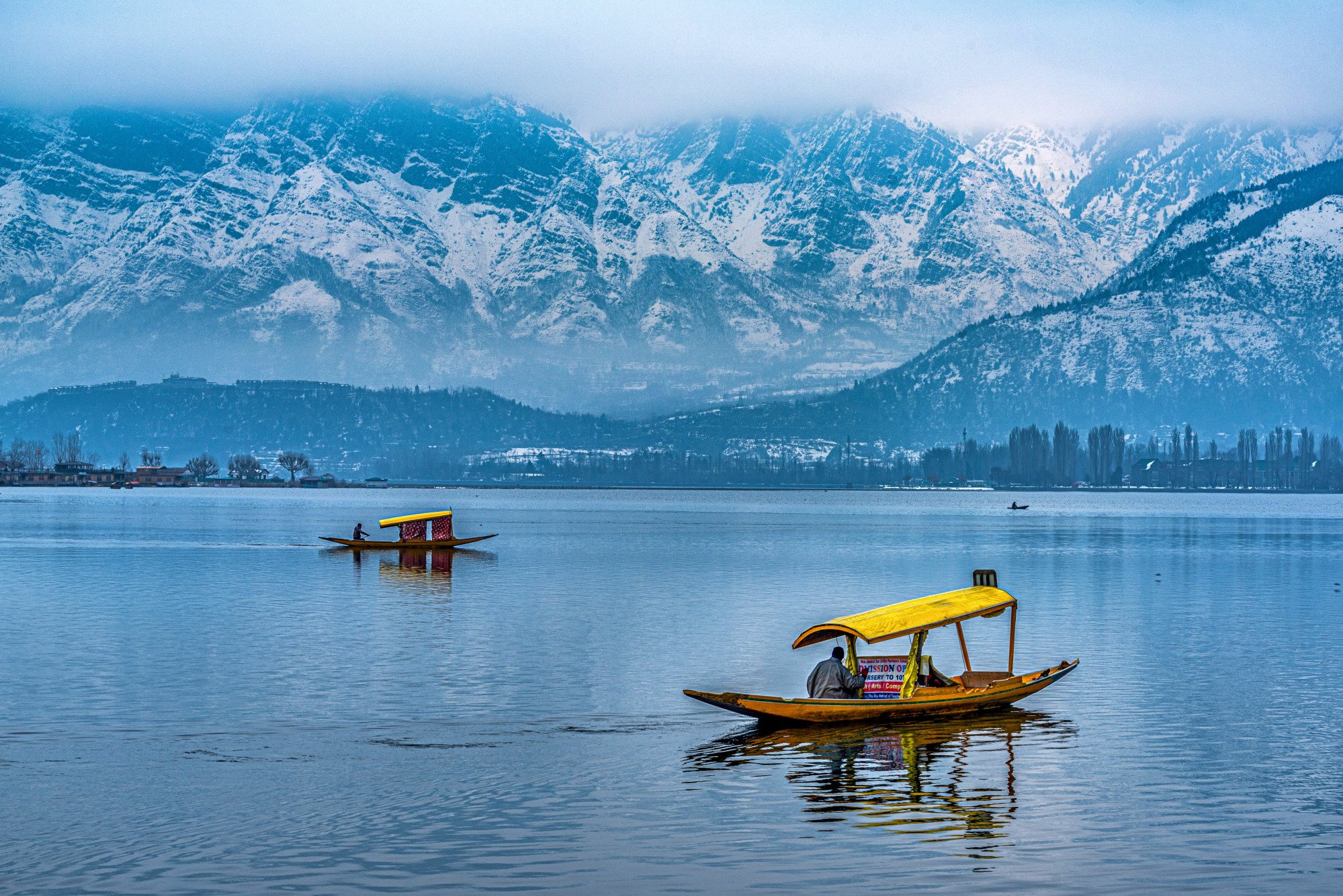
7. Dal Lake
The pride of Kashmir, Dal Lake is both calming and frenetic. The best place to stay is aboard a houseboat, complete with hand-carved cedarwood flourishes and British Raj-influenced interiors.
Opt for a relaxing voyage far from the commotion and clamour of nearby Srinagar city, or make a beeline for the bustle of the floating markets, where villagers sell flowers and vegetables from flat-bottomed shikara boats.
Instagrammers take advantage of the snow-capped mountain backdrop and “set-jetters” track down locations around the lake and across Kashmir that have featured in Bollywood films.
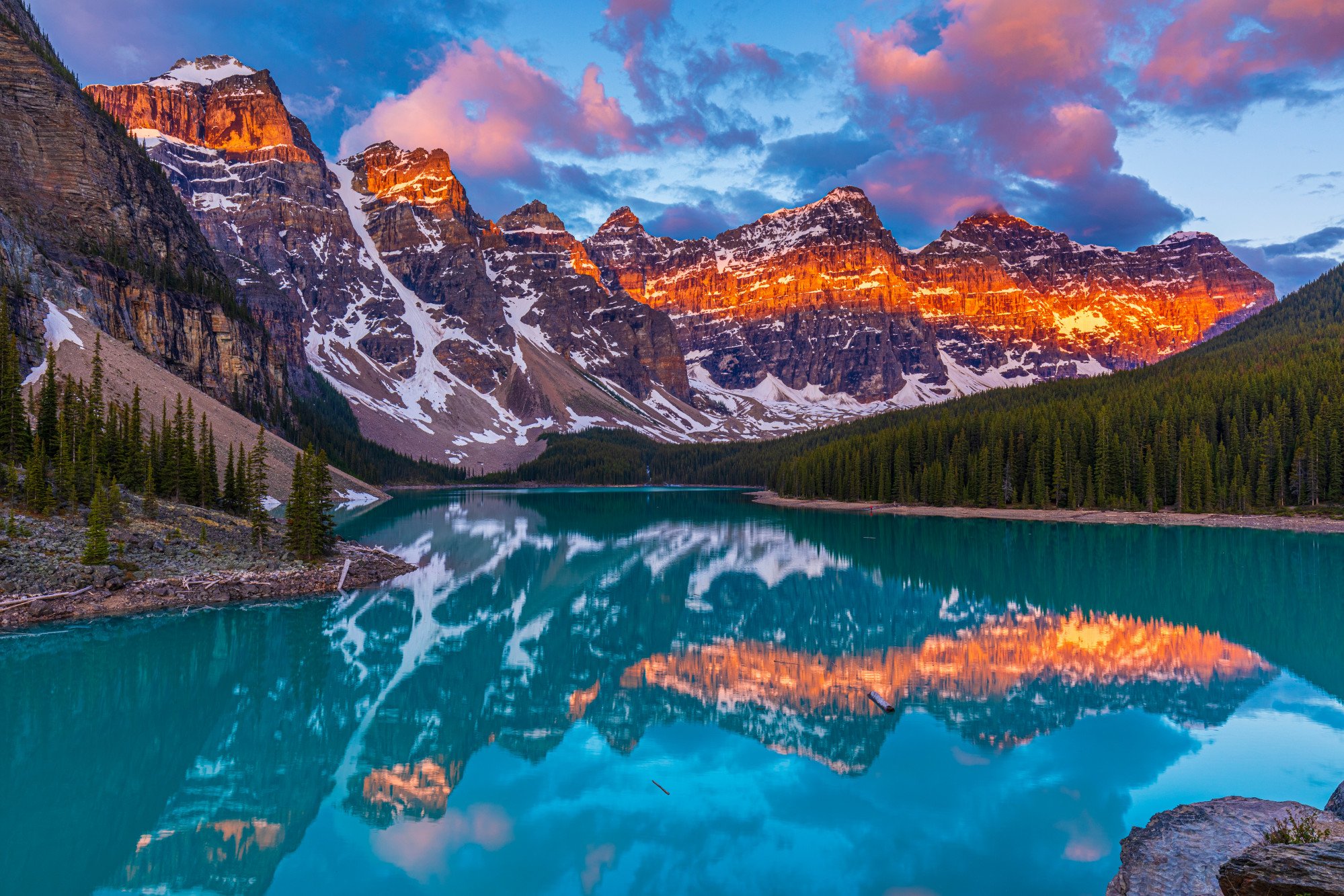
8. Moraine Lake
Another lake-backed-by-mountains bucket list candidate lies in the Canadian Rockies. A screen saver brought to life, Moraine Lake, in Banff National Park, was used as a background photo on Google’s Android operating system.
The glacier-fed turquoise waters also appeared as one of the Windows Vista Starter wallpapers and as the login screen of Windows 10.
On a still morning, the lake resembles a giant mirror – follow the 15-minute Rockpile Trail to a viewpoint overlooking the iconic body of water and the Valley of the Ten Peaks. Next, head along the 2.9km (1.8 mile) Lakeshore Trail, which offers equally jaw-dropping views, minus the crowds.
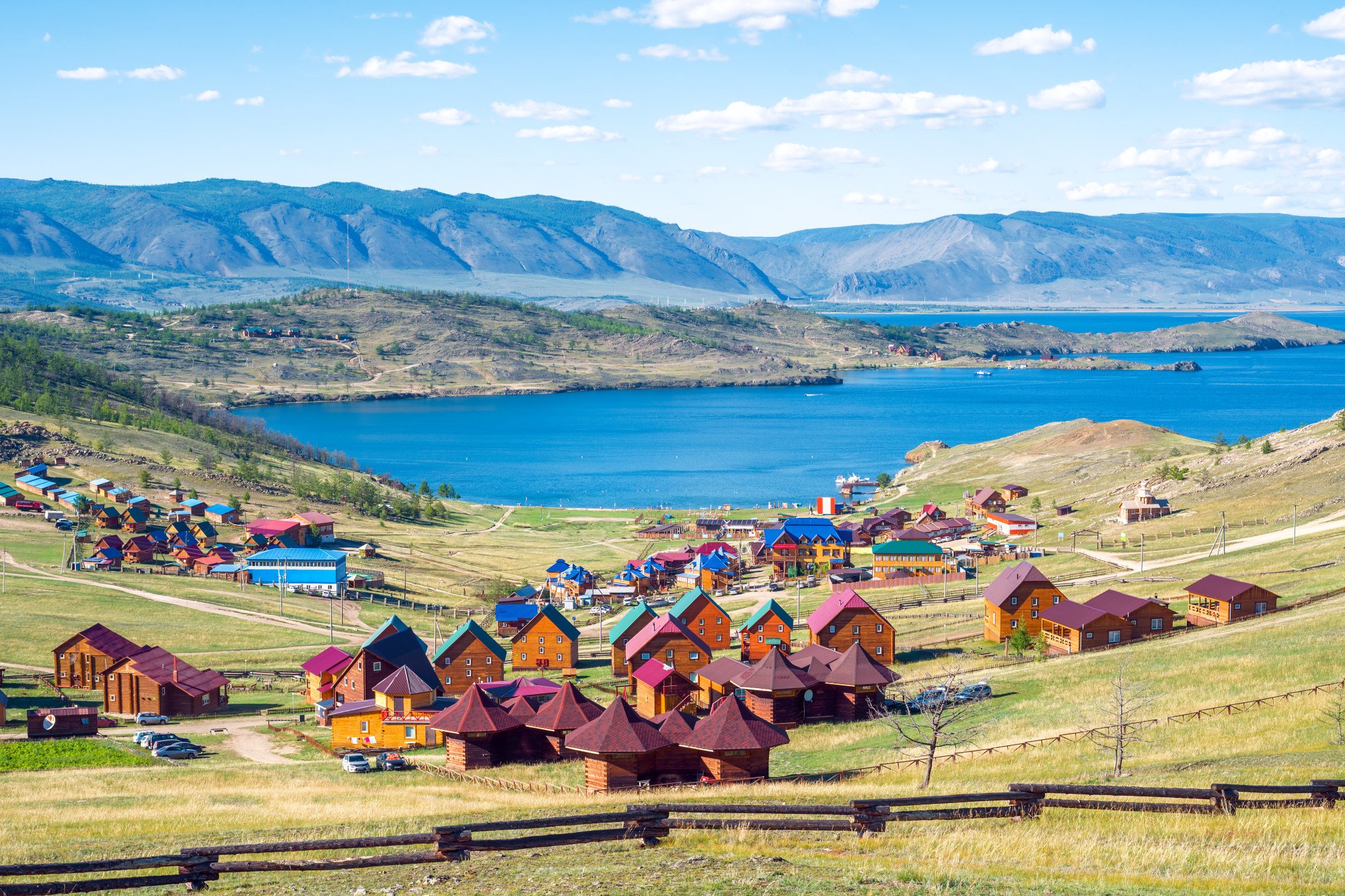
9. Lake Baikal
The world’s oldest and deepest lake holds about 20 per cent of Earth’s fresh water – roughly equivalent to all five of the North American Great Lakes combined.
It makes sense to visit Lake Baikal in summer, when the weather is warm, but the Pearl of Siberia is also a fascinating place to explore in the depths of winter. Temperatures hover around minus 20 degrees Celsius (minus 4 degrees Fahrenheit) for so long the ice can be up to two metres (6½ feet) thick and translucent turquoise waves hang in frosty suspension.
Apart from walking and skating on the creaking glassy surface, wilderness adventurers sign up for husky dog sledding, cross-country skiing, ice fishing and jeep tours. There’s even a Lake Baikal Ice Marathon.
Most importantly, according to Siberian superstition, anyone who swims in the lake’s chilly waters is rewarded with an extra 20 years of life.
